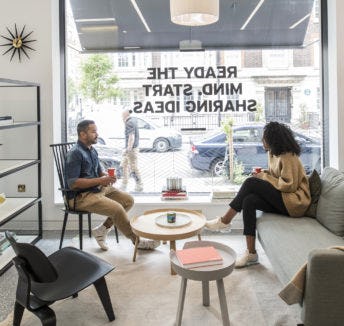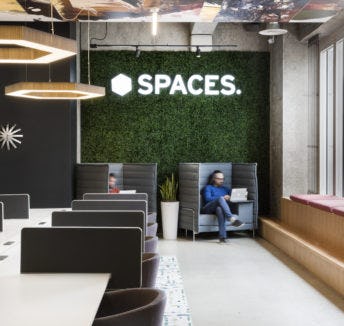
Have you missed travelling for business? If so, there’s good news: with the world starting to reopen, the experts predict that business travel will also return
Travelling for business can be joyful. Meeting new people, seeing a new place, and making connections are all crucial for business leaders in any industry. Yet when the world shut down, all of this was lost – at least temporarily. Not being able to visit clients for pitches and meetings had a real effect on businesses and individuals.
However, with the future starting to look brighter, the experts suggest we’ll soon be travelling once again – though not exactly like we did before. If you’re already starting to think about planning your next trip and business meeting, here’s what you need to know about the new landscape.
1. Business travel was hit hard by the pandemic
Pre-COVID-19, business travel was booming. At a global level, business travel was expected to grow to $1.6 trillion in annual spend by 2020. Between 2018 and 2019, US travellers alone took 462 million domestic business trips. This all changed drastically during the pandemic. The majority of organisations implemented work-from-home policies, and nearly half restricted office access completely.
Following the pandemic, research from O2 Business found that over a third (39%) of UK workers actively want to scale back non-essential business trips, forcing businesses to reconsider the future of work-related travel in a post-lockdown world.
2. Technology stepped in to plug the gap
Suddenly it was the age of the Teams call and virtual meetings. Videoconferencing, messaging, collaboration tools and document sharing all became common for facilitating remote working. For many creative agencies, pitches took place on Teams, client lunches became ‘Whatsaperitivos’ (drinks hosted over the Whatsapp chat platform) and networking events all went digital.
Technology enabled people to stay connected, keep working, and ensure business continuity. In China, an IDC survey of CXOs in March found the long-term positive impacts of the pandemic included ‘improved corporate ability of long-distance collaborative work’ and ‘gaining ability of online marketing and business development’.
3. People miss travel
But the pandemic didn’t dampen people’s enthusiasm for travel. A recent survey by consulting firm Oliver Wyman found that around three-quarters of business travellers expect to travel the same amount or even more after the pandemic. “The people who own Zoom would like you to have to Zoom forever, but people have had it up to here with Zooming,” said Scott Solombrino, executive director and COO of the GBTA, speaking to Wired in May 2020.
4. It’s still worth meeting in person
One thing that business trips have going for them is the human connection, which is good for profits as well as our mental health. In a survey by Embassy Suites, 97% of respondents said face-to-face interaction was “the most important part of developing and maintaining strong client relationships,” and 53% said they were planning to increase their in-person meetings with clients compared to previous years. “Face-to-face meetings are irreplaceable when it comes to the health of client relationships,” says business travel strategist Joel Widzer “We connect with our clients better when we are able to meet in person, which certainly makes it worth taking that business trip on a regular basis.”
5. … But how we meet may be different
So, what does this mean for the future of meetings and where they take place? Some experts are proposing the concept of ‘meetings on a mission’ – focusing on streamlining the meetings process to get the most value from a shortened timeframe. Invitation lists are also likely to become shorter, with only the necessary people at future meetings to help minimise costs and allow people to stay closer to home whenever possible.
Overall, it’s likely the definition of ‘basic requirements’ for meetings will evolve. These requirements will include not only access to technology, such as video conferencing, but also keeping attendees safe, improving communication and retention of information, minimising costs and managing potential health risks.
Welcome back. Find out how we’re adapting our services to provide cleaner and safer workspaces for the future
Share this article
 Read now Has the pandemic changed the way we’ll look at recruitment?
Read now Has the pandemic changed the way we’ll look at recruitment?
 Read now Leadership skills for the new world of remote work
Read now Leadership skills for the new world of remote work